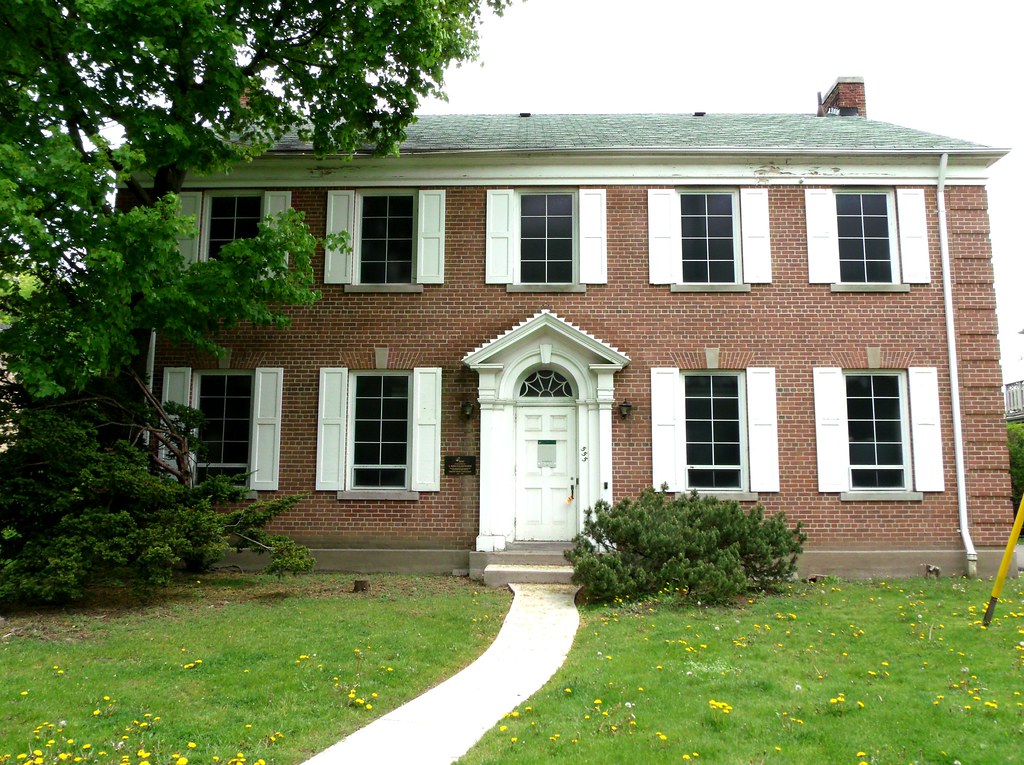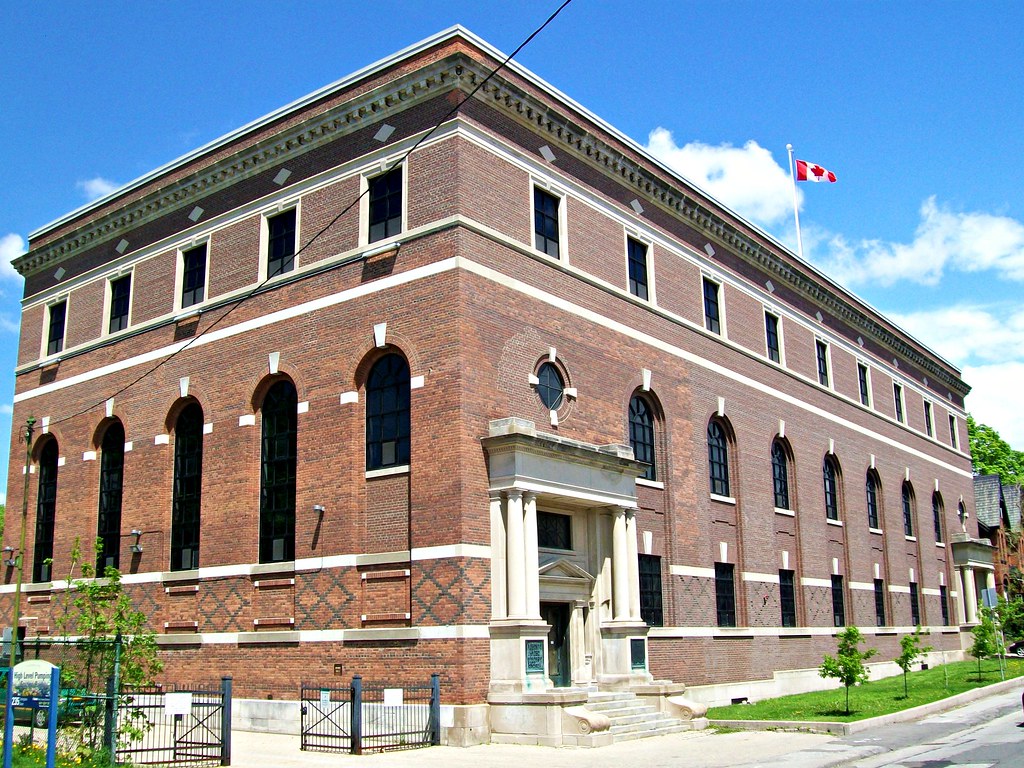More often than not, industrial infrastructures are an eyesore, especially when they are smack in the middle of a beautiful city like Toronto. So for the past hundred years, Canada’s second-largest municipal electricity distribution company, Toronto Hydro, has been disguising substations into quiet little houses that blend right in with the neighbourhood. Some appear like grand Georgian mansions or late-Victorian buildings, while others look like humble suburban homes. Even the most sharp-eyed resident couldn’t tell these faux homes apart. Some are not even aware they are living next door to a transformer.

This is not a house. Photo credit: City of Toronto Archives
Toronto was first electrified in the late 1880s. At that time a number of small private companies were supplying electrical demands. Then in 1908, Torontonians voted overwhelmingly for the formation of a municipal electricity company, and Toronto Hydro came into being in 1911.
From the very beginning, Toronto Hydro was keen not to have ugly conglomerations of metals, switches and wires robbing the city’s urban and suburban neighbourhood of its beauty. So each substation they built was wrapped around by a shell of masonry and woodwork carefully designed to resemble residential homes. A driveway and some low-maintenance shrubs in the garden helped complete the deception.
The earliest known substation, dating from 1910 and located at 29 Nelson St. in the John and Richmond area, looks like a four-storey Victorian-era warehouse or perhaps an office building with a grand entrance and raised horizontal brick banding. One of the grandest of these structures is the Glengrove Substation, built in 1931. This Gothic building with its large oak doors, leaded glass windows and long narrow windows reminiscent of Medieval times, it’s no wonder that Toronto Hydro employees call it the “Flagship” or the “Castle”.
As architectural styles evolved, so did the camouflage. From grandiose buildings of the pre-depression era to ranch style houses that became popular with the booming post-war middle class of the 1940s to 1970s, to progressively more modernist structures with flat roof and smooth white exterior. These substation homes were so authentic that they were sometimes broken into by burglars.
There used to be over 270 substation homes scattered across Toronto. According to Spacing Toronto, as of 2015, 79 of these substations are still active.

Photo credit: City of Toronto Archives

Photo credit: City of Toronto Archives

Glengrove Station. Photo credit: Toronto Hydro

Photo credit: Francis Mariani/Flickr

Photo credit: Richard/Flickr

Brimley Road and Seminole Avenue, Scarborough. Photo credit: Robin Collyer

169 Goulding Avenue, North York. Photo credit: Robin Collyer

555 Spadina Road, Toronto. Photo credit: Robin Collyer

85 Elmridge Drive, Toronto. Photo credit: Robin Collyer

Palmdale Drive and Sheppard Avenue East, Scarborough. Photo credit: Robin Collyer

Photo credit: Robin Collyer

520 Rustic Road, North York. Photo credit: Robin Collyer


No comments:
Post a Comment